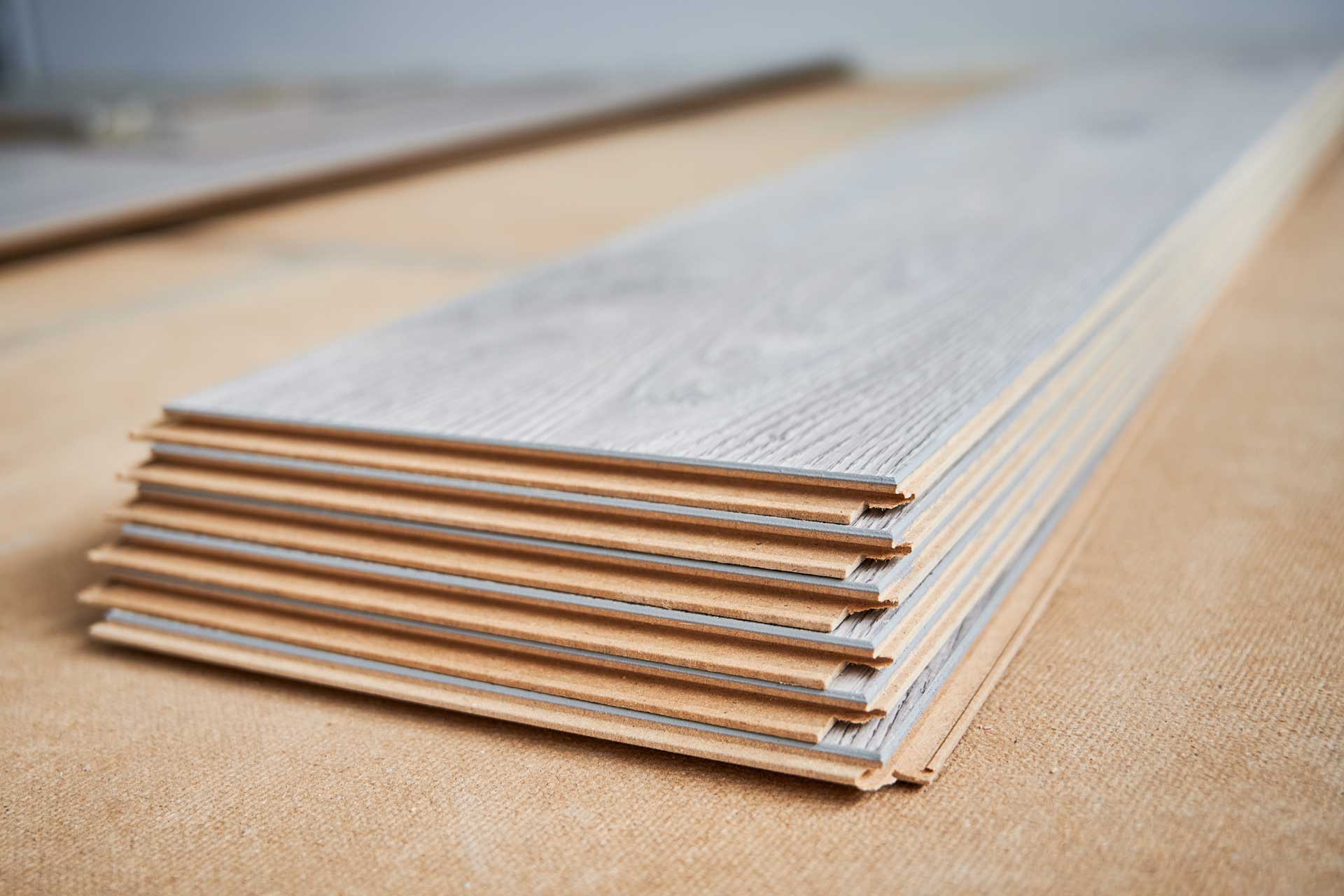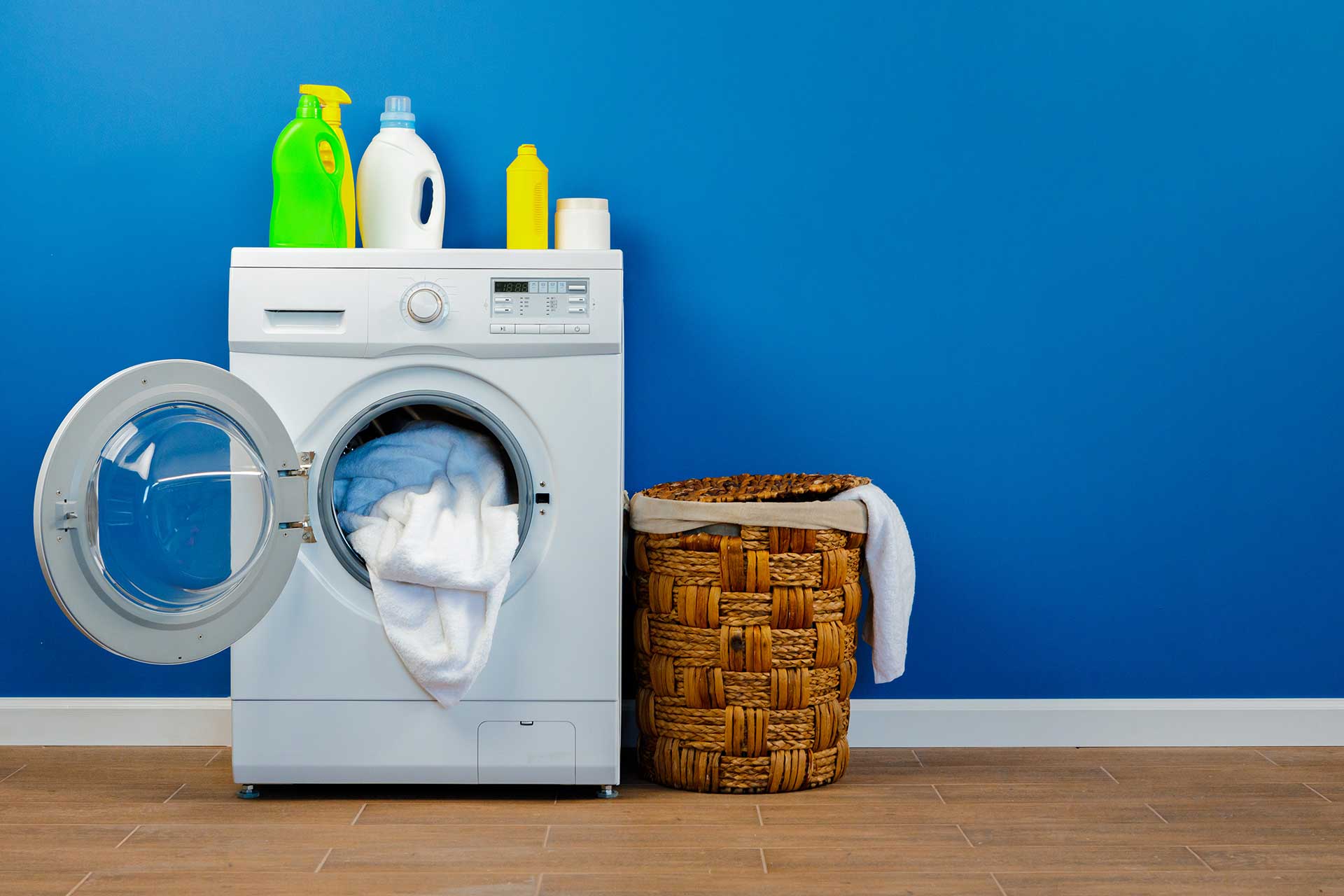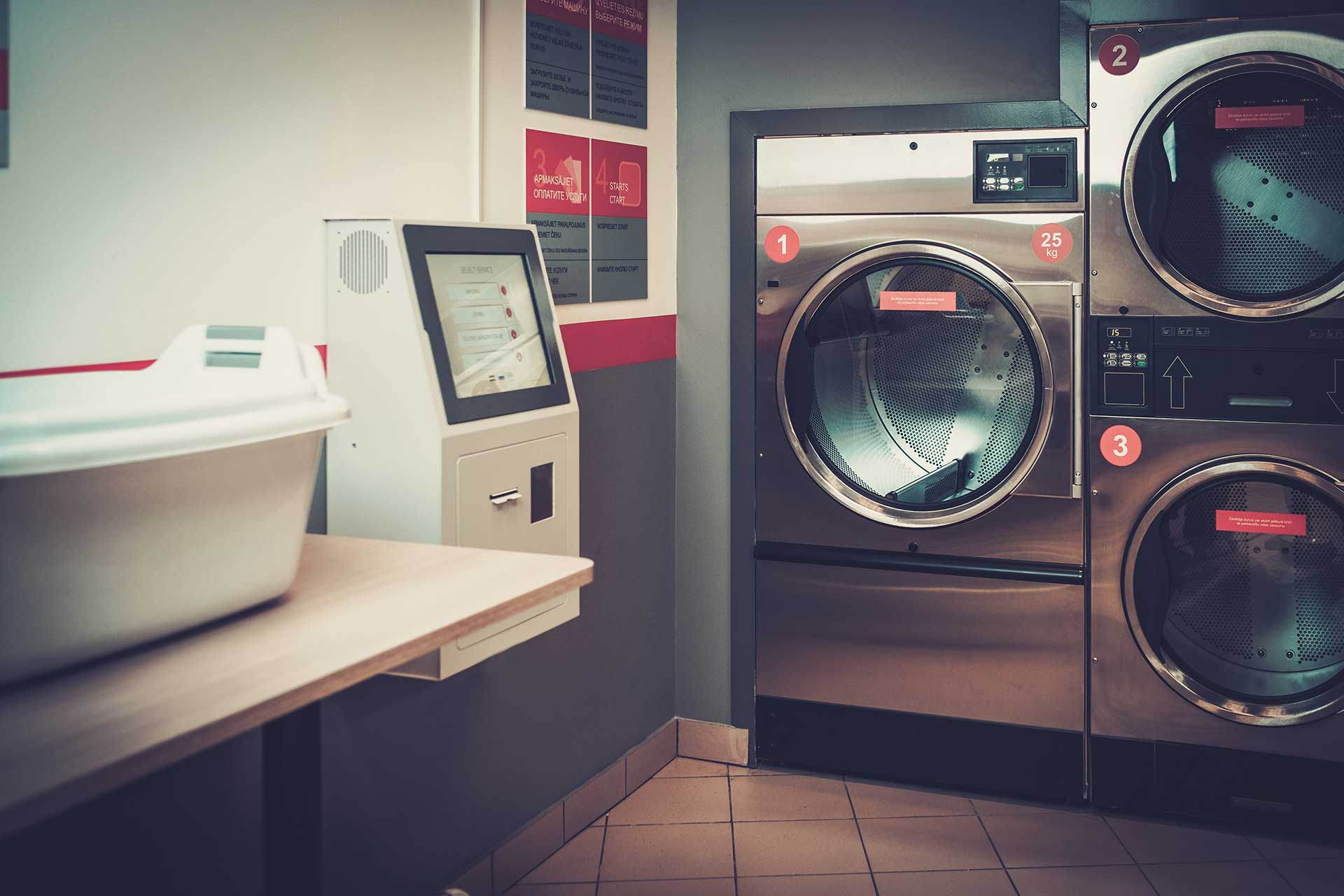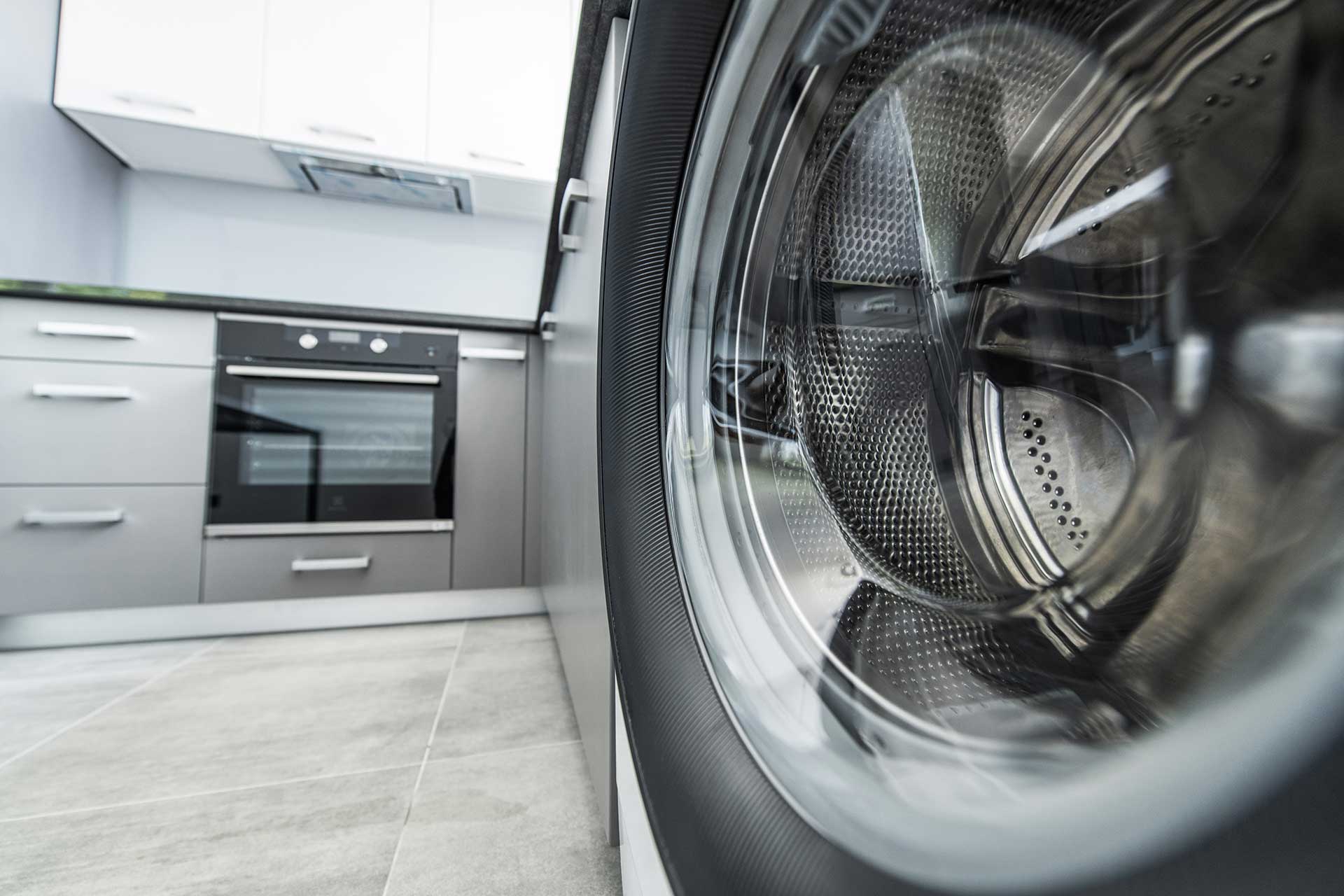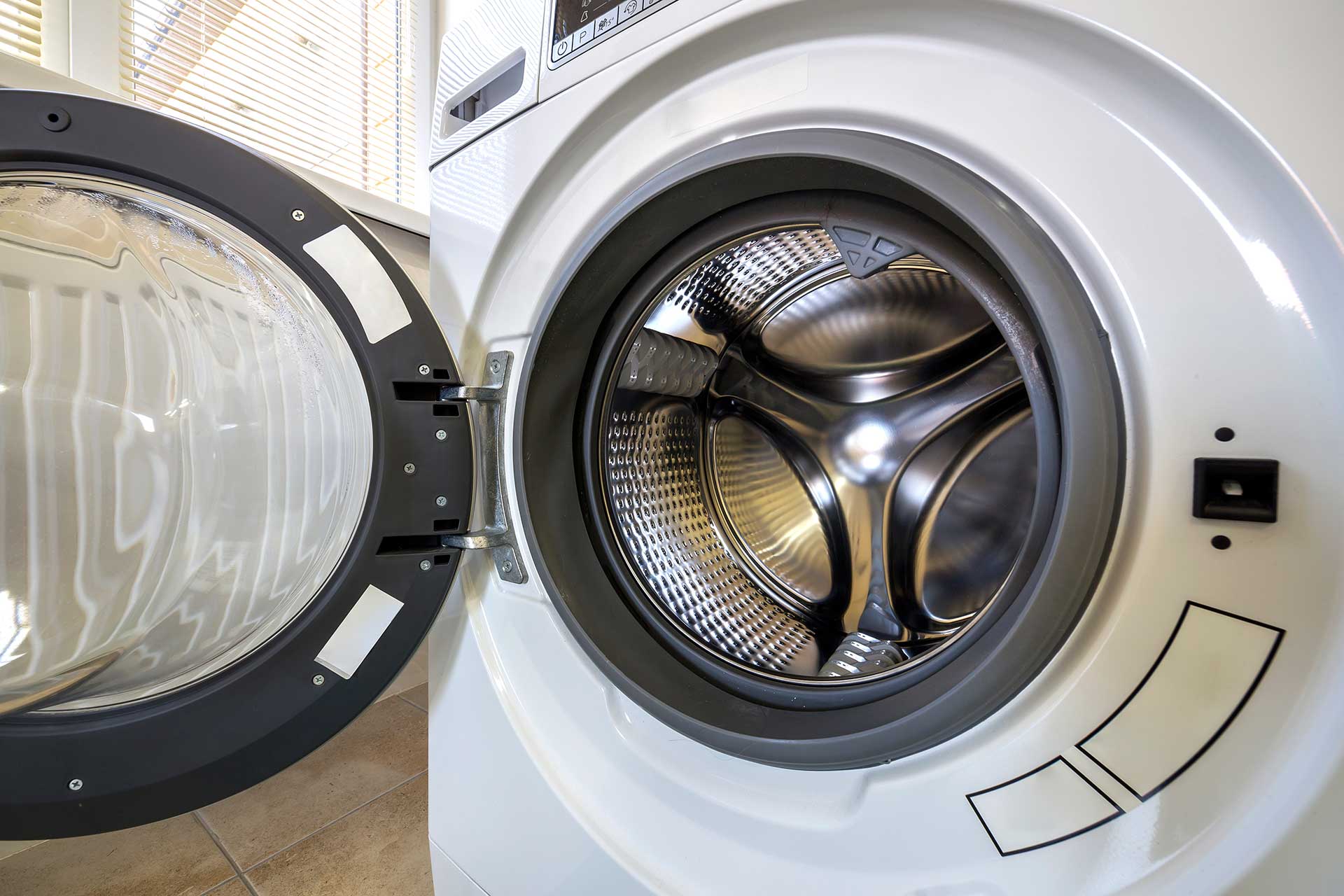A sofa is often the centerpiece of a living room, providing comfort and style to your home. As your sofas are not just for show they accumulate dirt, stains, and even odours. If you want to keep your couch looking and smelling fresh you are going to have to clean and maintain them. Before you can do that though you need to learn how to clean your sofa, including the different types of fabrics and common cleaning challenges.
Understanding Your Sofa’s Fabric
Before we start talking more about cleaning techniques, it’s crucial to identify the type of fabric your sofa is made from. Different materials require different cleaning approaches to avoid damage. Most sofas come with a care label, usually found under a cushion or on the bottom of the furniture. These labels use letter codes to indicate cleaning methods.
- W: Water-based cleaning solutions can safely be used on the sofa.
- S: Solvent-based cleaning solutions are required for this type of fabric. Might also mention it’s dry clean only.
- WS: Either water-based or solvent-based cleaners can be safely used on the sofa.
- X: Vacuum only, no water or solvents should be used.
Sometimes no matter how hard you look you just can’t find a care label. If this happens to you should consult the manufacturer’s website or contact them directly for guidance. When in doubt, it’s always best to err on the side of caution and use gentler cleaning methods.
Regular Maintenance: The Key to a Clean Sofa
Prevention is often the best approach to sofa care. If you establish a regular cleaning routine from the moment you get your new sofa, you can significantly extend it’s life and make deep cleaning sessions less frequent and less intensive.
Your cleaning routine should start with a weekly vacuuming using the upholstery attachment. This removes loose dirt, crumbs, and pet hair before they can work their way deeper into the fabric. Pay close attention to the crevices where the seat cushions meet the back and arms of the sofa, as these areas trap debris.
With a leather sofas, you want to wipe the surface down with a slightly damp microfiber cloth. A weekly wipe down helps remove dust and prevent the buildup of oils from skin contact. Always follow up with a dry cloth to ensure there is no moisture left on the leather.
Dealing with Spills and Stains
No matter how careful you are accidents happen! When they do, you must act quickly!. The longer a spill sits, the harder it becomes to remove. Not sure the best way to handle spills? Worried that you are going to do more harm than good when cleaning up a spill? Luckily, tackling even the worst spill is easy if you follow this general approach.
- Blot the liquid, don’t rub it: Always use a clean, white cloth to gently blot the liquid. Rubbing can push the stain deeper into the fabric and spread it further. You want to avoid using coloured towels as the dyes might leach into your sofa.
- Work from the outside in: Always start blotting from the outer edges of the stain and move inward. This prevents you from accidentally spreading the stain.
- Use the right cleaners for your couch: For water-safe fabrics, you can use a mixture of mild dish soap and warm water to remove a lot of stains. For oil-based stains on S-coded fabrics, a dry-cleaning solvent may be necessary.
- Test in an inconspicuous area: Before applying any cleaning solution to the stain, test it on a hidden part of the sofa to ensure it doesn’t cause discoloration or damage.
- Rinse and dry: After treating the stain, use a clean, damp cloth to remove any remaining cleaning solution. When removing excess cleaner, you want to make sure you are once again blotting and not rubbing. Then, use a dry cloth or fan to ensure the area dries completely to prevent water marks or mildew.
For stubborn stains or delicate fabrics, it may be best to consult a professional upholstery cleaner. They have specialized equipment and expertise to tackle tough stains without damaging your sofa.
Deep Cleaning Your Sofa
Even with regular maintenance, your sofa benefits from the occasional deep cleaning to remove accumulated grime. Deep cleaning your sofa also helps to refresh the fabric. The method you use to deep clean your couch will depend on your sofa’s material.
For fabric sofas (W or WS code):
- Remove all the cushions and vacuum them thoroughly. When removing the cushions don’t forget about the base and back of the sofa.
- Prepare a cleaning solution of warm water and mild detergent or grab a bottle of specialized upholstery cleaner.
- Using a soft-bristled brush, you want to gently work the solution into the fabric. When applying cleaner to the sofa be careful not to saturate it.
- Gently wipe away the cleaning solution with a damp cloth. Rinse the cloth frequently to remove the excess cleaner.
- Allow the sofa to air dry completely before replacing the cushions. You can use fans to help speed up the drying process. Opening windows can also help circulate the air to reduce drying time.
For leather sofas:
- Use a soft-bristled upholstery attachment to vacuum up any loose dirt.
- Wipe down the leather with a cloth dampened with a solution of water and mild soap designed for leather.
- Use a separate white, damp cloth to remove any excess soap residue.
- Don’t allow the couch to air dry. You want to immediately dry the leather with a clean towel.
- Apply a leather conditioner to keep the material supple and prevent cracking.
For synthetic suede or microfiber:
- Start by thoroughly vacuuming the suede or microfiber.
- If there is any stuck-on dirt you want to loosen it up with a soft brush. You can use any soft brush, but a cleaning soft bristled toothbrush works wonders for those hard-to-reach areas.
- For water-safe microfiber, use a light mist of water and dish soap solution, then blot with a clean cloth.
- For solvent-clean only fabrics, use rubbing alcohol on a cloth to spot clean.
Dealing with Odors
Sofas, like most other upholstery are prone to absorbing odours. Nowhere is this more true than in homes of smokers or people with pets. While you might be used to the way your home smells, your guests are not and every time they walk into your home they are greeted with some unpleasant smells. To help keep your home smelling nice and fresh you want to freshen up your sofa every once in a while.
- Liberally sprinkle baking soda over the entire surface of the sofa and let it sit for several hours or overnight. If you have pets make sure they don’t have access to your sofa or they might lick up the baking soda.
- After several hours have passed, vacuum up all of the baking soda. Using crevice tools to reach into all the nooks is the best way to ensure everything is vacuumed up.
- For persistent odors, consider using an enzymatic cleaner designed for upholstery. If using a commercial product, make sure you are following the product instructions carefully.
Fabric refresher sprays provide a quick fix for minor odours but be sure to test them in an inconspicuous area first to ensure they don’t stain. They are also not a long-term solution, they might last for a day or two, but you want to follow up with a different method if the odours persist.
Protecting Your Sofa
After going through all of that work to clean your sofa, you’ll want to protect it from future stains. One way to help protect your couch is by applying a fabric protector spray to create a barrier against spills and stains. These sprays are particularly useful for light-colored sofas or those in high-traffic areas.
If you have pets, you can use throws or slipcovers to provide an additional layer of protection. These can be easily removed and washed, keeping your sofa cleaner for longer periods. Rotating your cushions helps distribute wear evenly and prevents permanent indentations or fading in areas that receive the most use.
When to Call a Professional
While many sofa cleaning tasks can be handled at home, there are times when professional help is warranted. Not sure if you need the help of a professional cleaner? Here are some examples of when its best to call somebody else in to clean your couch.
- Your sofa is antique or made of delicate materials. With these kinds of sofas even just one simple mistake can spell disaster. Its better to be safe than sorry.
- You’re dealing with severe stains or odors that haven’t responded to home treatments.
- The sofa hasn’t been professionally cleaned in several years.
- You’re preparing to move or want to refresh your sofa for a special occasion.
Professional cleaners have access to industrial-strength equipment and solutions that can deep clean your sofa more thoroughly than most home methods. They can also provide valuable advice on maintaining your specific type of sofa.
Final Thoughts
Maintaining a clean sofa requires a combination of regular care, prompt attention to spills, and occasional deep cleaning. By understanding your sofa’s fabric and following appropriate cleaning methods, you can keep your sofa looking and feeling fresh for years to come. A clean sofa not only makes your living room look nicer but it also contributes to a healthier home environment by reducing allergens and bacteria.


